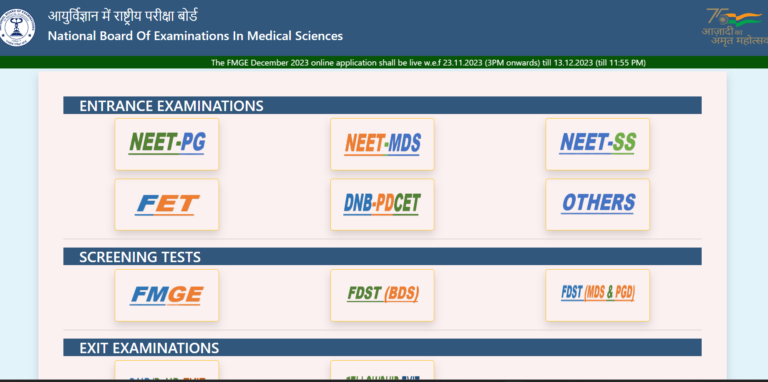What is the full form of LOL?
Certainly! Here’s a comprehensive article about the full form of LOL:
What is the Full Form of LOL?
LOL, an acronym widely used in digital communication, stands for “Laughing Out Loud.” It has become a ubiquitous expression of amusement and humor in online interactions, social media platforms, text messaging, and internet culture. Let’s explore the origins, evolution, usage, and cultural significance of LOL in today’s digital age.
Origins of LOL
Early Usage
The term LOL first emerged in the early days of the internet and online messaging platforms during the 1980s and 1990s. It originated from the need to convey laughter and humor in text-based conversations, where nuances of tone and facial expressions were absent. As internet usage expanded globally, LOL quickly gained popularity as a shorthand for expressing amusement.
Evolution of Acronyms
LOL is part of a broader trend of using acronyms and abbreviations to streamline communication in digital spaces. Other examples include:
- ROFL: Rolling On the Floor Laughing
- LMAO: Laughing My Ass Off
- OMG: Oh My God
- BRB: Be Right Back
These acronyms serve as efficient tools for conveying emotions, reactions, and sentiments quickly and succinctly.
Usage of LOL
Expression of Amusement
LOL is primarily used to indicate laughter or amusement in response to something funny, entertaining, or humorous. It can be employed in various contexts, including:
- Social Media: Comments, posts, and memes that evoke laughter.
- Messaging Apps: Text conversations among friends, family, and colleagues.
- Online Forums: Discussions, debates, and humorous exchanges.
Variants and Extensions
Over time, LOL has evolved into several variants and extensions, each with its own nuances and degrees of intensity:
- LOL: Laughing Out Loud
- LOLZ: Laugh Out Loud (with a playful or exaggerated tone)
- LOLWUT: Laugh Out Loud, What? (expressing confusion or disbelief)
- LOLROFL: Laughing Out Loud, Rolling On the Floor Laughing (emphasizing extreme amusement)
Cultural Impact of LOL
Internet Culture
LOL has permeated internet culture and become a staple of online communication. Its widespread adoption reflects the internet’s role as a platform for humor, entertainment, and social interaction. Memes, viral videos, and comedic content often elicit LOL responses from users, fostering a sense of community and shared laughter.
Linguistic Adaptation
The popularity of LOL has influenced linguistic trends and language evolution, particularly among younger generations who are fluent in digital communication. It has blurred the lines between spoken and written language, introducing new expressions and idioms into everyday discourse.
Social Dynamics
LOL serves not only as a tool for humor but also as a means of social bonding and connectivity. Shared laughter through LOL reinforces camaraderie, relieves tension, and enhances interpersonal relationships in virtual spaces. It promotes a sense of inclusivity and lightheartedness among online communities.
Controversies and Criticisms
Misinterpretation
Despite its widespread use, LOL can sometimes be misinterpreted or perceived differently based on context, cultural norms, and individual preferences. Some users may find its casual usage insensitive or dismissive, especially in serious or sensitive conversations.
Overuse and Dilution
The frequent and indiscriminate use of LOL in digital communication has led to concerns about its impact on language richness and meaningful dialogue. Critics argue that reliance on acronyms like LOL may diminish the depth and authenticity of interpersonal communication.
Conclusion
In conclusion, LOL, short for Laughing Out Loud, exemplifies the evolution of digital communication and its influence on modern language and culture. From its humble beginnings as a simple acronym to its widespread adoption across online platforms, LOL has transcended linguistic barriers to become a universal expression of laughter and amusement. Its versatility, adaptability, and cultural significance underscore its role in shaping internet culture and interpersonal dynamics in the digital age.
Understanding the full form of LOL provides insights into the dynamic intersection of language, technology, and human expression in today’s interconnected world. Whether used casually among friends or strategically in online discourse, LOL continues to resonate as a powerful symbol of laughter and shared enjoyment in virtual communities.
This article explores the origins, evolution, usage, cultural impact, controversies, and criticisms surrounding the full form of LOL, “Laughing Out Loud.” Let me know if there’s anything else you’d like to explore or if you have any further questions!

